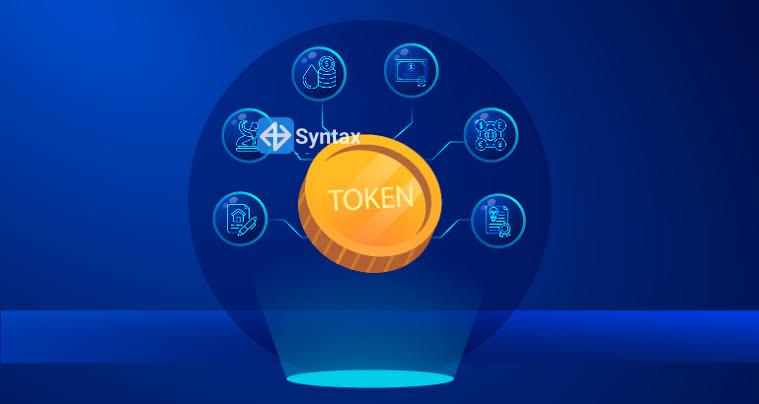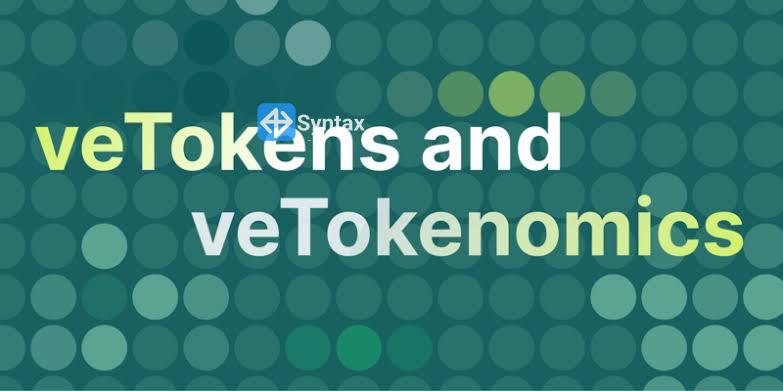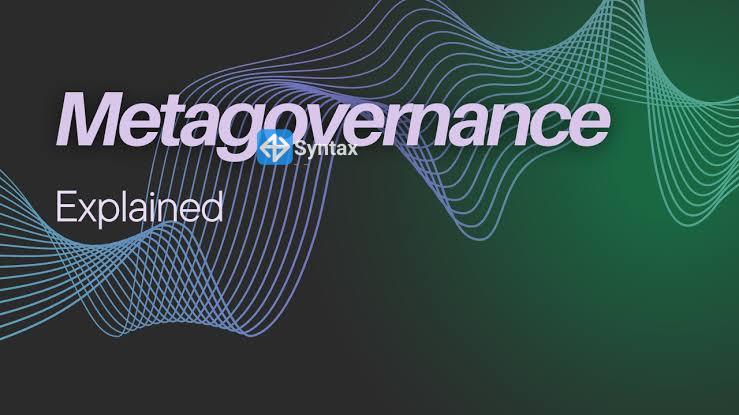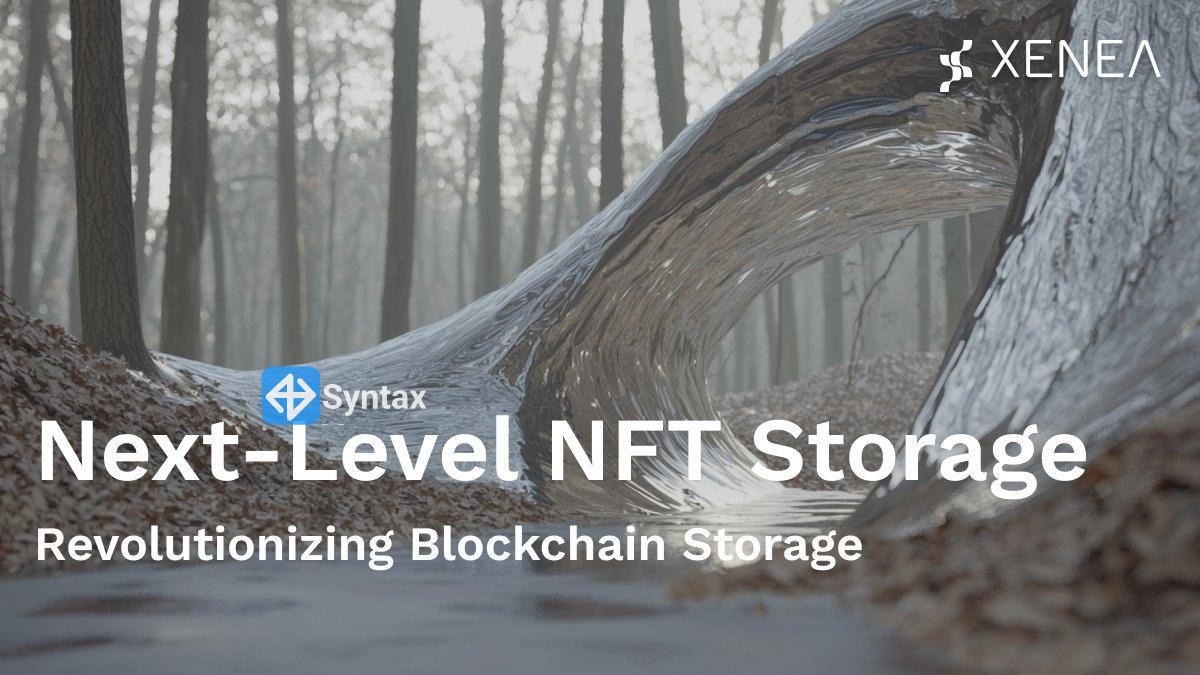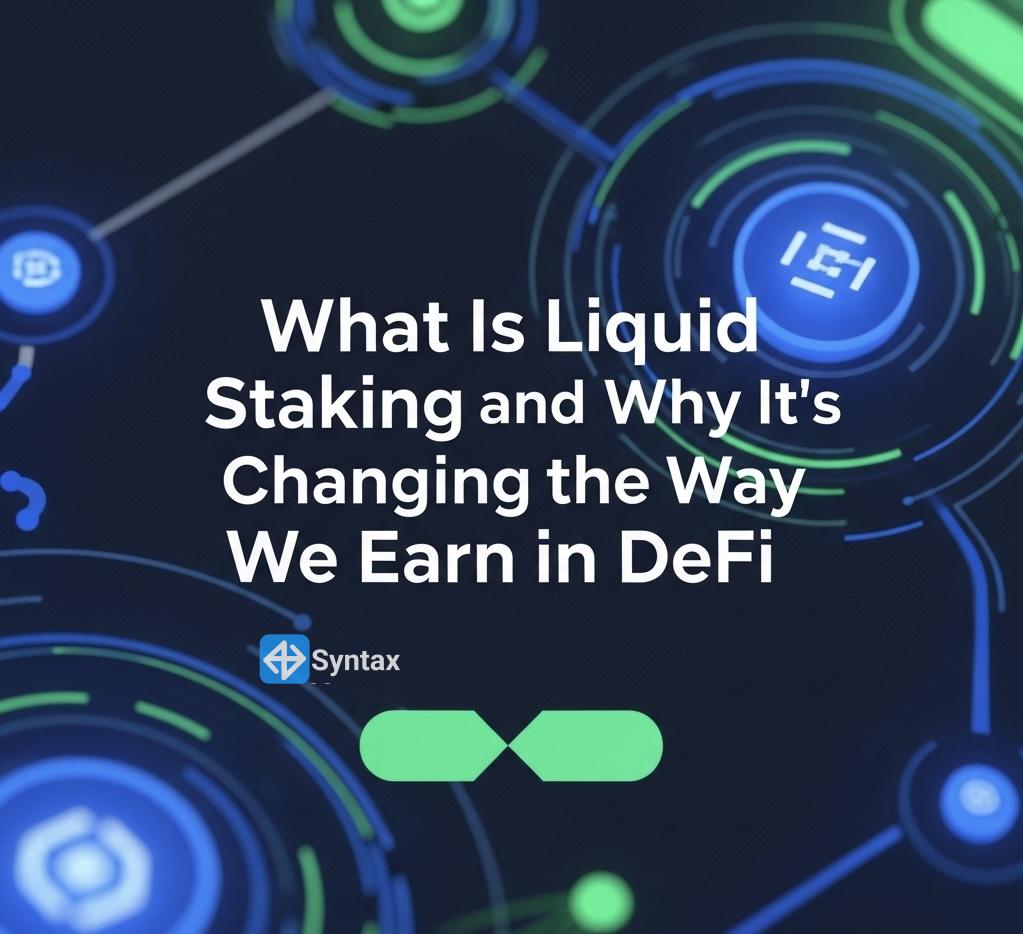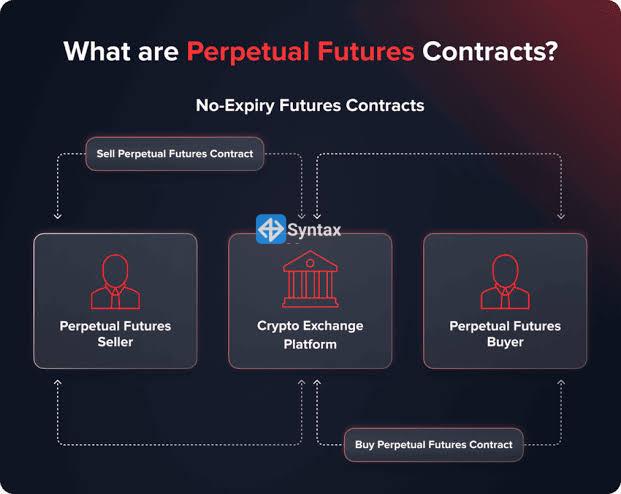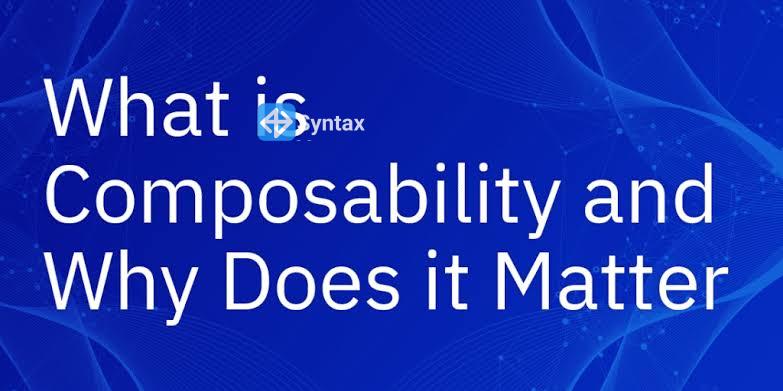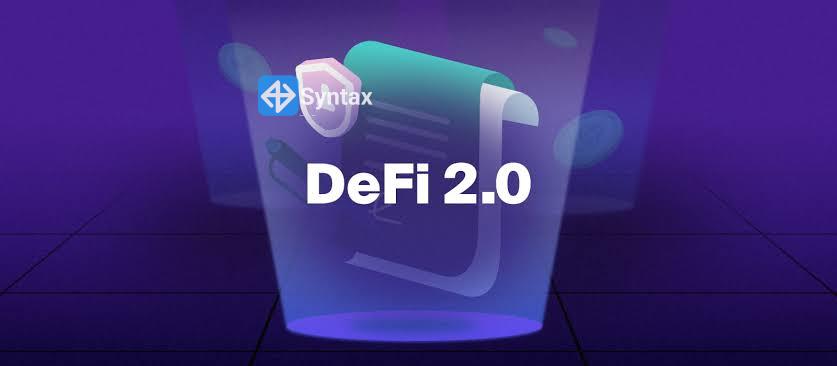This expands DeFi’s utility and liquidity beyond crypto-native assets.
🔍 What Is RWA Tokenization?
It’s the process of converting real-world assets into blockchain-based tokens that:
- Represent ownership, rights, or revenue streams.
- Are tradable, collateralizable, or usable in DeFi protocols.
✅ How It Affects DeFi:
1. New Collateral Sources
- RWAs can be used as collateral in lending platforms like MakerDAO or Centrifuge.
- 📌 Example: Tokenized invoices or real estate can be locked to borrow DAI.
2. Yield Opportunities
- RWA-backed tokens can offer stable, real-world yields.
- 📌 Example: Tokenized U.S. Treasury bills give predictable returns, attractive during crypto market volatility.
3. Improved Stability
- RWAs bring non-crypto risks and less volatility, helping stabilize DeFi protocols that rely heavily on volatile crypto assets.
4. Onboarding Institutions
- Institutions are more comfortable with regulated, RWA-based tokens, encouraging institutional liquidity into DeFi.
Navigating the Risks of RWA Tokenization
Tokenized RWAs also present some risks, mainly on the side of the custody of physical assets, which must be reliably done, and the connection to the outside world. In addition, there’s scope for smart contract bugs and vulnerabilities. Finally, it isn’t enough just to issue an asset, there must also be good market liquidity or demand for it in order for it to thrive.
